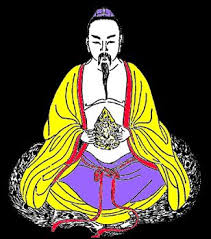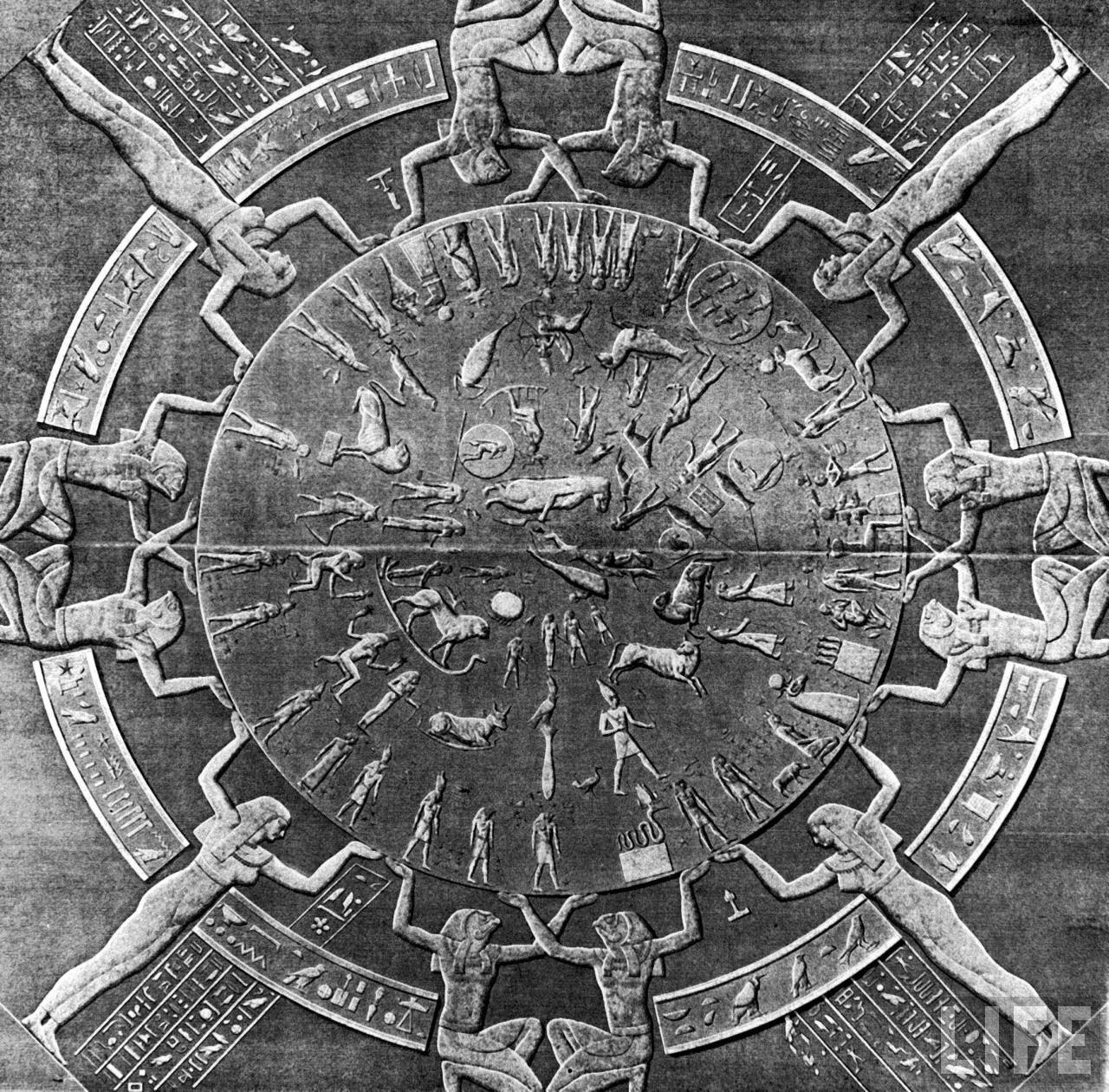
Zen is the Japanese word for the Chinese Ch’an. This in turn is the Chinese version of the Sanskrit dhyana, which refers to meditative absorption in which all dualistic distinctions like I/You, subject/object, and true/false are eliminated. Ch’an is a school of Mahayana Buddhism that developed in China in the 6th and 7th centuries from the meeting Dhyana Buddhism, which was brought by Bodhidharma, and Taoism. Zen stresses the prime importance to the enlightenment experience and teaches the practice of meditation as the shortest way to the awakening.
The essential nature of Zen can be summarized in four statements: (i) A special transmission outside the teaching; (ii) non dependence on Buddhist writing; (iii) direct pointing to the human mind; (iv) realization of one’s own true nature and becoming a Buddha.
According to legend the special transmission outside the teaching began with the famous discourse of Sakyamuni. At that time surrounded by a great host of disciples, who had assembled to hear him expound the teaching he is said only to have held up a flower without speaking. Only his student Kashyapa understood and smiled – as a result of his master’s gesture he suddenly experienced a breakthrough to enlightened vision and grasped the essence of the Buddha’s teaching on the spot. With this the first transmission from the mind to mind took place.
By collecting the thoughts one can fly and will be born in heaven. – Surangama Sutra
It is said that this way of enlightenment passed down in an unbroken chain of transmission to Bodhidharma, who brought Dhyana Buddhism from India to China. The lineage of his school split into five houses of Zen: (a) Chao-tung, Yun-men, Fa-yen, Kuei-yang, Lin-chi and Huang-lung (in Japanese, Soto, Hogen, Igyo, Rinzai and Oryo).
While Ch’an in China declined after the Sung Dynasty, in Japan, as Zen, it began to flourish anew. Dogen, who brought the Soto tradition to Japan and Eisai and others in the Rinzai tradition together with a few Chinese teachers who were invited founded the Zen tradition to Japan in the middle of 17th century.
Esoterically regarded, Zen is not a religion but rather an indefinable, incommunicable root, free from names, descriptions and concepts, that can only be experienced by each individual alone. In this sense Zen is not bound to any religion, including Buddhism. It is the primordial perfection of everything existing, designated by all great sages. it is not a method that brings people living in ignorance to the goal of liberation, but rather it is the immediate expression and actualization of the perfection present in every person at every moment.
![]()

The Zodiac is a band extending approximately 9o on either side of the ecliptic and the Signs of the Zodiac are divisions of the ecliptic by the twelve equal arcs. Each sign is composed of 30o of arc. The degree, which begins each of the signs, is called the Cusp of the sign. Thus the equinoctial point 0o Aries is the cusp of Aries. The twelve signs of Zodiac are Aries, Taurus, Gemini, Cancer, Leo, Virgo, Libra, Scorpio, Sagittarius, Capricorn, Aquarius and Pisces.
The rotation of the Earth around its polar axis produces day and night. The inclination of the polar axis results in the seasons. The Earth can be likened to a huge gyroscope, which orients itself at a particular angle even though it is hurtling through space in its orbit around the Sun. At the present time, the North Pole points at the star Polaris, but this is not always been so, mainly because the axis of Earth wanders and wobbles. The wandering of the Earth’s axis produces a slow western motion of the equinoctial points through the ecliptic. Since the equinox is defined by the moment when day is exactly equal to night and the Sun passes the equator along the ecliptic, this equinoctial point of 0o Aries was originally assumed to be always coincident to the beginning of the constellation Aries. The Egyptians found that the orientation of the Earth and the Sun was not quite identical at the Vernal Equinox each year and discovered after many years of observation that this equinoctial point moved backward through the Zodiac relative to the constellations. The complete revolution through the Zodiac takes about 225,000 years - a Platonic Year. As the vernal equinox moves clockwise through the twelve signs, the length of time required to traverse each sign I about 2,120 years – a Platonic Month.
Most scientists do not realize that for astrologers there are two Zodiacs. The first is called Sidereal Zodiac (sidus, Latin for star). This Zodiac is make up of visible and fixed stars and we generally refer to it as the Zodiac of the twelve constllations. The second Zodiac is called the Tropical Zodiac and is formed by the apparent path of Sun, or the ecliptic. This Zodiac is conceptual, therefore invisible and is neatly divided into 360o with twelve signs of 30o each, also called Aries, Taurus and so on.
In astrology the 12 signs of Zodiac are divided in many ways. Firstly we have the positive (masculine) and negative (feminine). The positive are related by analogy, to the Manifest and the negative to the Unmanifest, the Sun being the ruling principle of the former and the Moon of the latter. We have also the division into the three primary qualities and the four triplicities. The three qualities are: Cardinal (Aries, Cancer, Libra, Capricorn), Fixed (Taurus, Leo, Scorpio, Aquarius) and Mutable (Gemini, Virgo, Sagittarius and Pisces). The three qualities represent what are known by the Hindus as rajas (activity), tamas (stability) and sattva (rhythm). The four triplicities are: Fiery (Aries, Leo, Sagittarius), Watery (Cancer, Scorpio, Pisces), Airy (Gemini, Livra, Aquarius) and Earthy (Taurus, Virgo and Capricorn.
In medical astrology the signs govern the various parts of the body as follows Aries, head and face; Taurus, throat and ears; Gemini neck, arms, shoulders and lungs; Cancer, breast, and stomach; Leo heart and back; Virgo, bowels, liver and pancreas; Libra, groin and kidneys; Scorpio, secret parts; Sagittarius, thighs; Capricorn, knees, Aquarius ankles; Pisces, feet.
Since each person has his Sun at birth in one out of these twelve divisions of the Zodiac, the signs also sort people into twelve classes. Each class gives a special emphasis of some one part of the experience symbolized by the whole annual pilgrimage of the sun. The idea is that each man is found at some special point in this «pilgrimage, because it affords him the fullest chance to use his particular talents.
![]()
